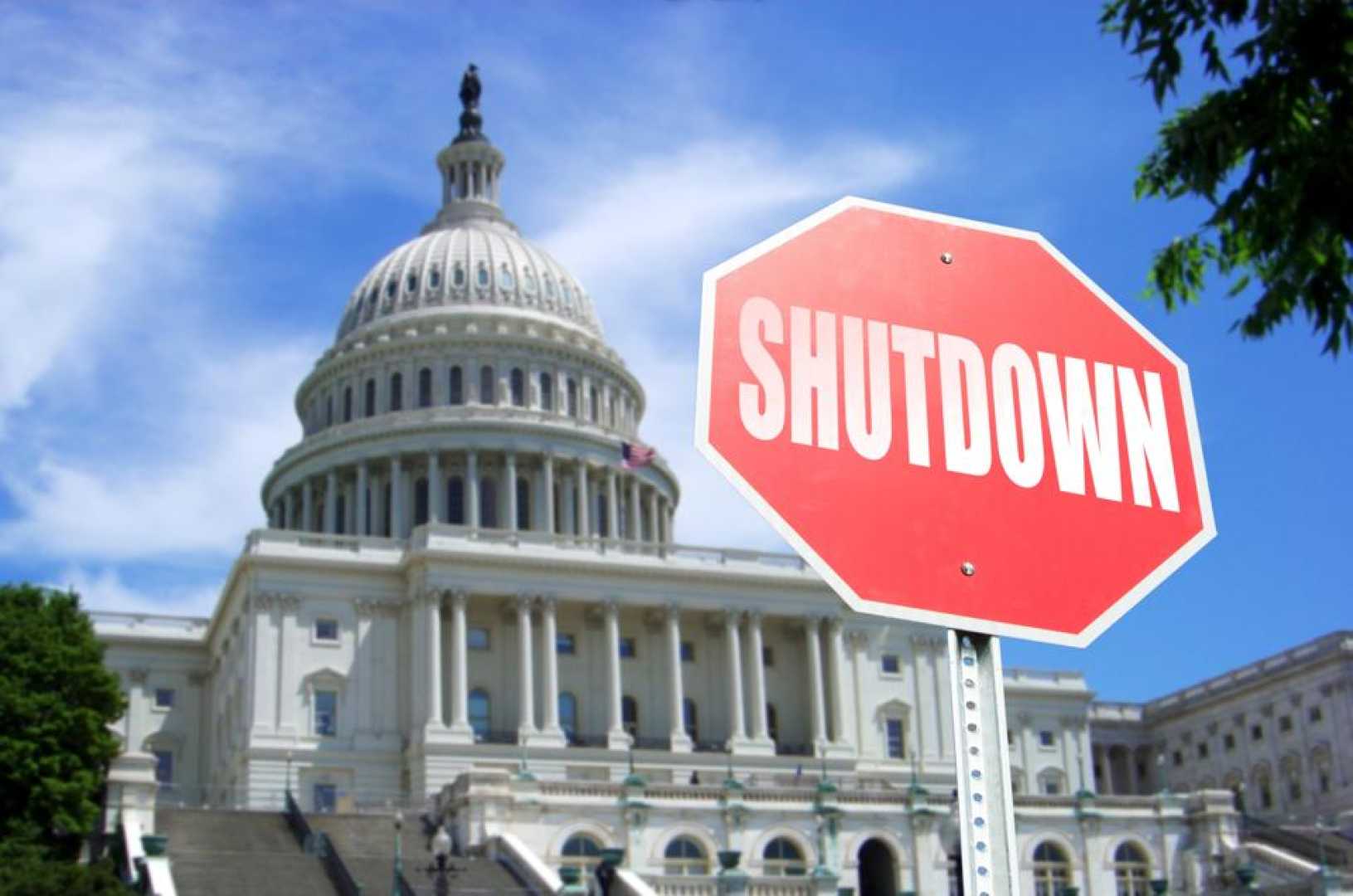Politics
March Government Shutdown Looms as Trump Faces Democratic Resistance

WASHINGTON, D.C. — A potential government shutdown is looming as Congress faces a critical deadline. The federal government is not authorized to spend money past March 14, creating a sense of urgency among lawmakers and President Donald Trump. Failure to act on a new continuing resolution (CR) may lead to a shutdown, fueled by escalating conflicts between Trump, his Republican allies, and Democrats over budget priorities.
The current fiscal year’s spending has been authorized only through mid-March due to Congress’s decision to pass a short-term CR instead of the usual appropriations bills. This CR simply maintains existing funding levels and is often employed when negotiations on the main budget fail to yield a compromise.
As tensions rise between Senate and House Republicans, and as they attempt to maintain control amid progressive resistance, the likelihood of a shutdown is increasing. The situation is further complicated by the impending debt ceiling crisis, which is expected later in the summer, as budget concerns mount.
The regular budget process, which begins with the president submitting a proposed budget and undergoing committee review, has been dysfunctional for nearly three decades. While Congress has utilized CRs and omnibus bills to manage spending, a hardline faction within the Republican Party now complicates reaching bipartisan agreements.
Recent CRs have required support from Democrats, but with Republicans now holding the presidency and both houses of Congress, internal divisions threaten their ability to pass new measures. Some conservative Republicans’ demands for significant budget cuts remain a sticking point for securing Democratic support.
Republican leaders like Representative Mike Rogers have publicly opposed CRs that lack deep cuts, arguing that they perpetuate a cycle of reckless spending. “This is more of the same reckless business as usual that Americans despise,” Rogers stated. The situation creates a precarious balance, as GOP leaders require all their members’ votes to move legislation forward.
Republicans’ precarious majority is hindered by some moderates who fear drastic cuts to popular programs may jeopardize their re-election prospects. Representative Maria Elvira Salazar, who won her seat by a slim margin, asserted, “I will not vote for bills that cut benefits my neighbors rely on.”
Historically, compromises have been reached without the support of hardline conservatives, but Democrats are less willing to cooperate given Trump’s recent unilateral financial decisions that have raised alarm about governmental authority.
Democrats fear that any agreement might not be honored post-factum, making cooperation difficult this time around. Representative Hank Johnson articulated, “I’m not going to stand by and support an effort to dismantle our democracy through the budgeting process.”
The looming shutdown could have severe ramifications, affecting millions who rely on government services and potentially stifling economic growth. Political analysts anticipate that if Democrats remain united in the upcoming weeks, a government shutdown could result.
As the deadline approaches, Republicans face pressure to unite and develop a strategy that reconciles the various factions within their party. Yet, with Trump’s aggressive governance style, many predict negotiations may stall. Sebastine Kuehn, a political scientist at Georgetown University, remarked, “The road ahead is fraught with challenges unless Republicans can find common ground.”
In anticipation of the March deadline, Congress must navigate these treacherous waters to avert what could be a painful and disruptive government shutdown. With both sides entrenched in their positions, the coming weeks will be critical for determining the federal government’s budgetary fate.












